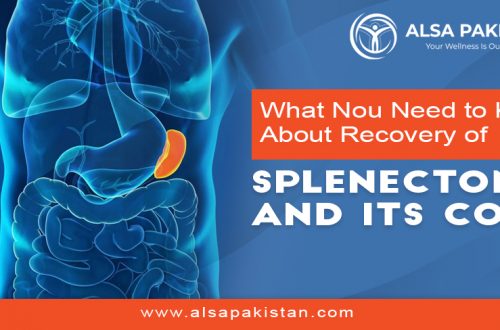Mental disorders are often difficult to detect, and often lead to some very difficult decisions for people in their lives. One mental disorder that can be difficult is schizophrenia – which is why it’s important to understand the difference between the two. This blog will break down the main differences between a schizophrenic and someone who has a condition called schizoaffective disorder.
Table of Contents
General Auditory Processing Disorder
General Auditory Processing Disorder, or GAPD, is a disorder that prevents the brain from perceiving and understanding what it hears. Complications of this disorder can cause significant cognitive difficulties for individuals with GAPD, including impairments in verbal communication, social interaction, and attention span.
Bipolar disorder
Bipolar disorder is characterized by extreme mood swings. The symptoms of bipolar disorder can be severe depressive episodes, mania or hypomania (a manic episode with an elevated mood). The person experiencing bipolar disorder may have periods that last a few days or weeks and other periods where they seem entirely normal.
The main symptom of bipolar disorder is the swings between depression and mania.
Borderline personality disorder
People with borderline personality disorder have a hard time coping with the feelings they experience. They see things or feel things as either all good or all bad, with no room in between. This disorder often causes impulsive behavior, mood swings, and difficulty feeling empathy towards others.
Conduct disorder
Conduct disorder (CD) is a mental disorder in which children and adolescents engage in antisocial behaviors such as physical aggression, destruction of property, theft, lying, truancy and other rule breaking that are harmful to themselves or others. Individuals with CD often have problems with developing and adhering to social norms.
Delusions and hallucinations
Delusion and hallucinations are the types of main mental disorders. Delusions may be either false or correct, which can lead to severe consequences. Types of delusions include: persecutory (believes that others are trying to harm them), somatic (falsely believes they have an illness), grandiose (exaggerates one’s own importance) and erotomanic (believes that somebody is in love with them).
Dissociative identity disorder
Dissociative identity disorder, or DID for short, is a mental disorder characterized by at least two distinct and relatively enduring identities or personality states. Approximately 1% of the population includes some form of dissociative identity disorder. The main differentiating factor between dissociative identity disorder and other psychological disorders is that you are aware of only one identity at a time.
Mood disorders
There are many different types of mental disorders. They can be physical or emotional, and they can range from mild to severe. There are several disorders that affect moods, including depression, anxiety disorders, bipolar disorder, schizophrenia, and more. These disorders can make a person’s life difficult by preventing them from doing the things that they want to do such as work or play with friends.
Schizophrenia
Schizophrenia is a chronic psychiatric disorder that typically manifests in late adolescence or early adulthood. Symptoms are characterized by “positive” symptoms such as hallucinations, delusions and disorganized speech, and “negative” symptoms such as poverty of speech, apathy, lack of emotion, alogia and avolition- impairment of thought process. Schizophrenia sufferers exhibit many of these symptoms during periods of remission.



